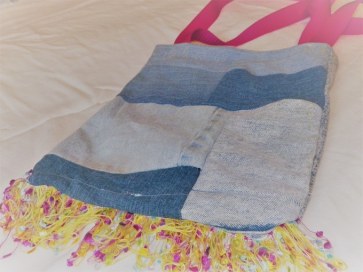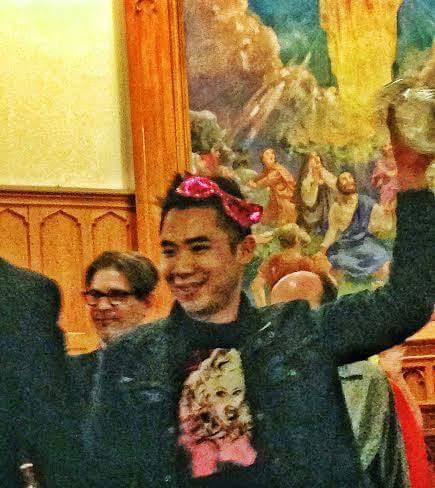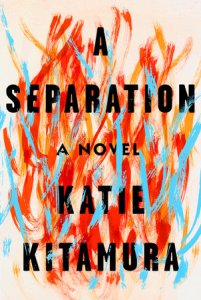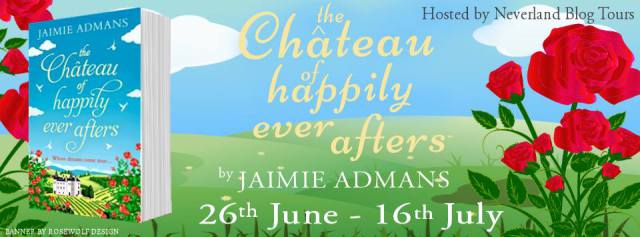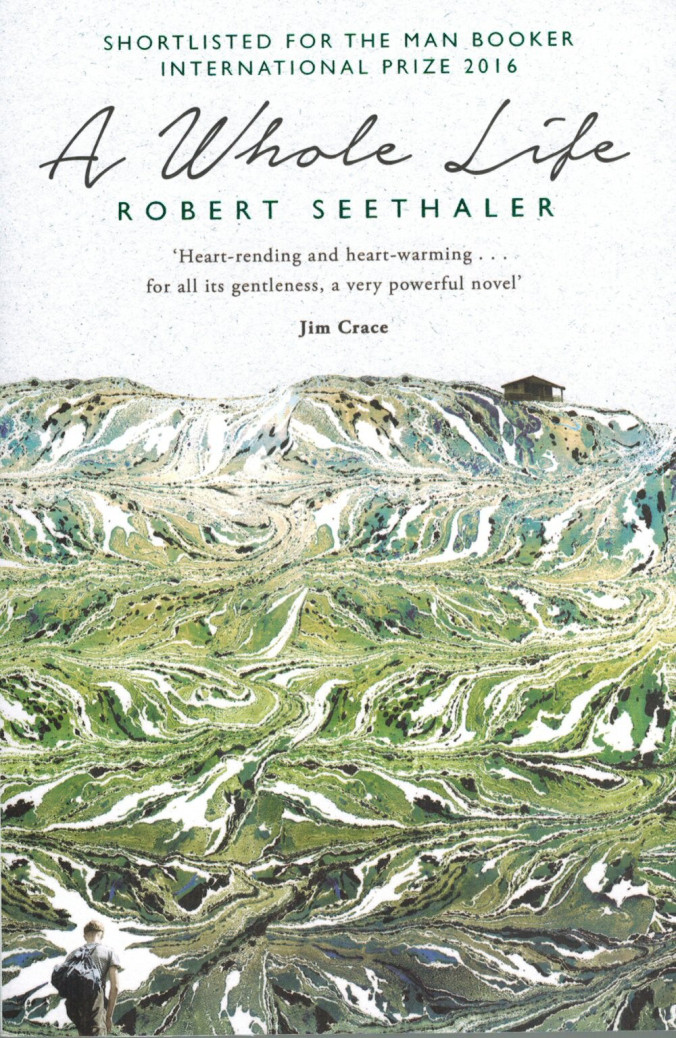New Zealand is fortunate to have been visited by internationally celebrated children’s authors such as David Walliams, Andy Griffiths and Dav Pilkey in the last year or so, and I have had the pleasure of hearing them. One of the visitors was Lauren Child, the Children’s Laureate for 2017-2019. The best-selling children’s author and illustrator spoke to a huge crowd of fans at her appearance at the Auckland Writer’s Festival in 2017 and we got to hear about her fictional ensemble, what inspires her stories … and what next?
When you think of children’s books you wouldn’t think of Hitchcock, film noir and James Bond but all these are inspirations behind best-selling children’s author and illustrator Lauren Child’s popular books series Ruby Redfort.
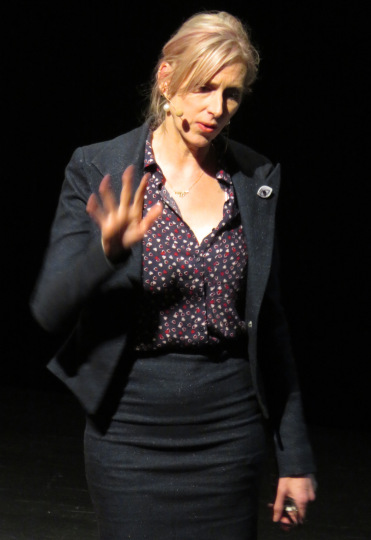 Children’s author Lauren Child speaking at the Auckland Writer’s Festival, May 2017
Beginnings
Children’s author Lauren Child speaking at the Auckland Writer’s Festival, May 2017
Beginnings
Child, the multi-talented, prize-winning creator of the Charlie and Lola, Clarice Bean and Ruby Redfort series has sold millions of books, but only – she is at pains to point out – after years of rejection. Child says:
I never decided I wanted to be a writer… it was drawing and design and love of film that brought me to writing.
Child’s mother was a creative writing teacher who was always trying to get her to write “more exciting” and gave her helpful writing advice, such as the technique of starting a story right in the middle of the action.
For anyone aspiring to break through with their craft or talent, she says “hang in there!” Hers wasn’t instant fame. She was in her 20s when she wrote her first book (Clarice Bean) but it was a long time before it was published. After it faced many years of rejection, she says she succeeded through determination, not just talent, and having the strength to resist suggested changes she felt would compromise her original vision.

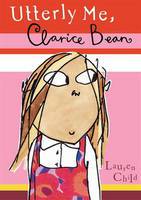
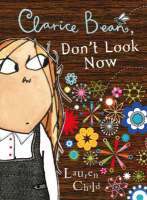
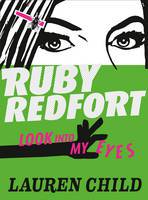

For Child, the subject of Clarice Bean is ‘family’ and “about finding peace and quiet and a place of your own in a busy household.” She adds: “we need daydreaming, floating out the window, blank time” – it is how we get our ideas. Where did Child get her ideas from? Child loved watching TV, especially with other people, when she was growing up – “there was community to it” which she says we have lost with watching things on devices.
Child said growing up her family couldn’t afford a TV Guide, so they just watched whatever came on next. In fact, Child loved television so much she said she would even watch the test cards! One show she loved was Hart to Hart, about a millionaire couple and socialites (complete with a butler) and she got her story-writing ideas from this TV series. Jonathan and Jennifer Hart were an inadvertent crime-solving couple who were disconcertingly upbeat despite the murders that occurred around them each episode. Child says she loves the combination of thriller, comedy, jeopardy and domesticity in stories like this and brings that to her own writing.
Ruby Redfort started as a TV show that Clarice Bean watches in her stories. Ruby is a clever 13-year-old American school-kid who is recruited to a secret agency as a coder. Child has given Ruby vacuous dim-witted parents and their butler is a secret agent minding Ruby and training her up. Child has always been a fan of big thrillers from the 60s, 70s, and 80s – like Hitchcock and Bond – and likes their slower pacing. She loved Bond’s gadgets like poison pens and sleeping dust and set her Ruby Redfort stories in the 1970s because technology then wasn’t like it was today- it was all about “gadgets” (like Ruby’s watch radio) she said then the idea of having your own personal phone would have been amazing. Instead, she makes it so that Ruby has to go to the library (fancy that) to learn new things versus using things like Google and smartphones that are so pervasive in our world today.
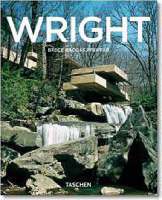 Frank Lloyd Wright’s architecturally famous Fallingwater was the inspiration for Ruby Redfort’s home.
Frank Lloyd Wright’s architecturally famous Fallingwater was the inspiration for Ruby Redfort’s home.
Movies and TV have really inspired my work. TV made me understand from a very young age how to construct a story. Movies are like picture books in a way because you’re telling as much in pictures as you are in words.
She wrote Ruby Redfort as a film:
I can only write when I can see pictures so although most of them are not illustrated, I can see it like a movie.
Child says she was really moved by Tim Burton’s Edward Scissorhands because he’s such an auteur… “he’d made something that beautiful in so many ways… it was joined up – one vision where everyone employed to be a part of the film created the vision he wanted so it looked and sounded like a Tim Burton film.”
When she was announced in June 2017 as the new Waterstones’ Children’s Laureate, she declared that her aim will be to forge “stronger links between the world of children’s literature and other art forms such as fine art, film, music, television and design.” The question is, since she loves film and screen so much, when is she going to work on a movie based on her own titles?
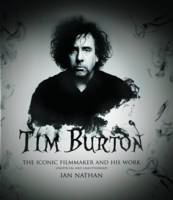 Child admires the auteur work of filmmaker Tim Burton.
Love of reading
Child admires the auteur work of filmmaker Tim Burton.
Love of reading
Over the years, changes have been made to Child’s books when translated to the small screen. In the Charlie & Lola animated series, junk food chips were changed to banana chips and gymnastics had to be portrayed on a mat instead of a lawn (to role model health and safety.) PC-police aside, Child says that it’s about getting children hooked on reading – “it should be about a love of reading – not what we should read – so I made Clarice Bean be crazy about this fictional writer and I made it as stupid as I could.”
Child’s childhood – miniature worldsChild has a young daughter recently adopted from Mongolia, but she doesn’t abide by some by people’s view that unless you’ve had your own children you can’t possibly write for the children, “because we were all children once.”
What seems like an interesting aside to Child’s life is actually another manifestation of her compulsion to create stories. As a young child she got involved in making doll houses and models from about age 7. She was mentored by a miniaturists, becoming one herself. She was using power tools at a young age and says “making miniature scenes taught me a lot.” She explains there’s more sophistication to this than it seems:
You’re creating a world and theme and you’re creating story, there’s quite a lot going on – controlling your world and having things play out they way you want.
She has been working on one particular doll house miniature since she was a a teenager and finds it therapeutic “making and doing.” Later Child got a job as an assistant to renown artist Damien Hirst, albeit only doing spot painting.
Artful textChild shared with her audience the joy she gets from the interplay between typography, illustration and story. Child says she loves how words can be illustrated (like POW!) and how things don’t have to stay in one form and that it was helpful for her to think about comics when she was writing. She likes using type as animation and with Clarice Bean, she gave each character their own font and typefaces as the ‘voice’ of the character.
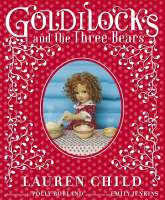
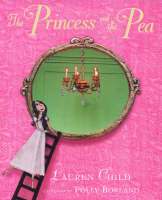
Lauren Child’s miniature scenes are used to illustrate classic fairytales such as her versions of Goldilocks and the Three Bears and The Princess and the Pea: In Miniature : After the Fairy Tale by Hans Christian Andersen
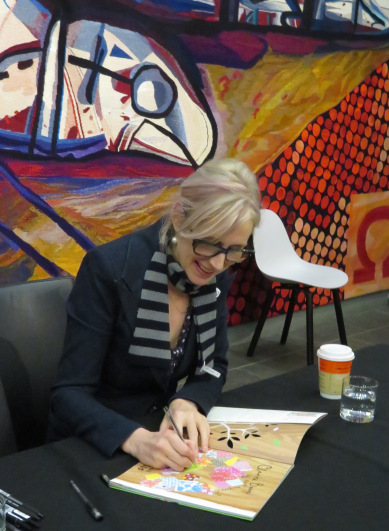 Children’s author Lauren Child signing books at the Auckland Writer’s Festival, May 2017
What’s next?
Children’s author Lauren Child signing books at the Auckland Writer’s Festival, May 2017
What’s next?
Now that she’s finished the Ruby Redfort series she is currently working on a young fiction series that is heavily illustrated – she says it is sort of like the Nigel Molesworth stories (about a boy talking about his school life). We look forward to seeing where her inspirations and talent take her readers next.
- Lauren Child’s books
- Listen to Lauren Child talk to Kim Hill
- Lauren Child’s website: milkmonitor.com
Share this:
- More
